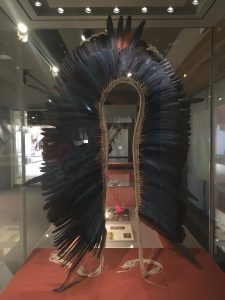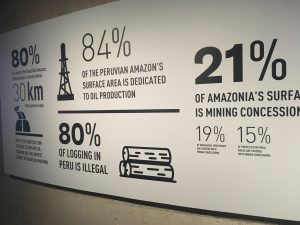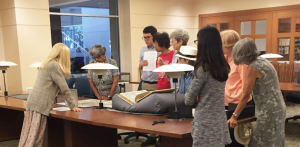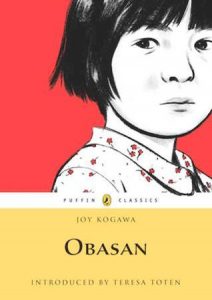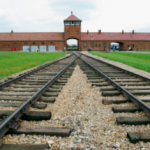I have been focusing on the 2014 film American Sniper in several recent assignments in ASTU because I think that it discusses several themes and concepts relevant to the class in a unique and interesting way. While I have significant gripes with the political goals of the film, I see the merit it has in being used to analyze the “American worldview” and the connection to war that is inevitably connected to that. The Iraq War was long and countless lives were destroyed by it, for seemingly little purpose. However, as time moves on, each additional life lost means less and less, leaving us at a point where “enemy” deaths often mean next to nothing.
This film, potentially unintentionally, covers several concepts relevant to our class, such as the normalization of violence in modern society. The world is different than it used to be, and this is highlighted by the idealization of a man like Chris Kyle who earned endless praise for being the deadliest sniper of all time, a title that in my opinion should be a stain on one’s record, not an achievement.
A connection can be made between the film and one of our early articles from first term, “Youth, trauma and memorialisation: The selfie as witnessing” by Kate Douglas. Douglas discusses the rising trend of “dark selfies” and how that concept connects to ideas of memorialization and collective memory. The notion that our society has gotten so detached and postmodern that young people feel completely comfortable to take and post a selfie at Pearl Harbor or Ground Zero can be tied together to the normalization of violence in today’s world. This connects to the ideas brought up from watching American Sniper, in that our society is collectively becoming desensitized to large-scale death, as well as the emergence of violence as a “cool” thing that deserved to be admired.
Connections could also be made to other texts on our syllabus, one of these being the graphic narrative “Persepolis”. This book gives an alternative perspective on times of war, from the viewpoint of a young girl living in Iran throughout the Islamic Revolution. “Persepolis” displays collective trauma of Iranian society and normalizes life in the Middle East to an audience with likely preconceived notions on Iran in their minds. As Marji grows up in a world surrounded by war, it becomes the only thing she knows. Close family friends are taken prisoners of war and violence takes over the streets. Regardless of the terrible things happening in her country, Marji continues to live her life surrounded by the chaos. I see this as a counter perspective to that of Chris Kyle. The human side of war is highlighted and allows the reader to see what life in a unstable country is truly like.
Throughout this year in ASTU and CAP, we have learned so much about what is “global citizenship.” In my opinion, I see the concept as meaning that we, as a society, must work towards taking responsibility for others across all borders. As the world becomes increasingly globalized, borders will become more and more meaningless. I see the mindset in all these texts of war being just a normal part of life as being highly problematic, as it demonstrates a lack of care for other people that should be instinctive in our societal nature. The idea that a human being’s death, let alone that of hundreds of thousands of people, can be seen as an inevitable consequence of a conflict in modern times is fundamentally wrong. If we want to become a truly global world, people must stop seeing the other as Chris Kyle saw them– through the scope of a gun–and see them as normal people in different circumstances.

